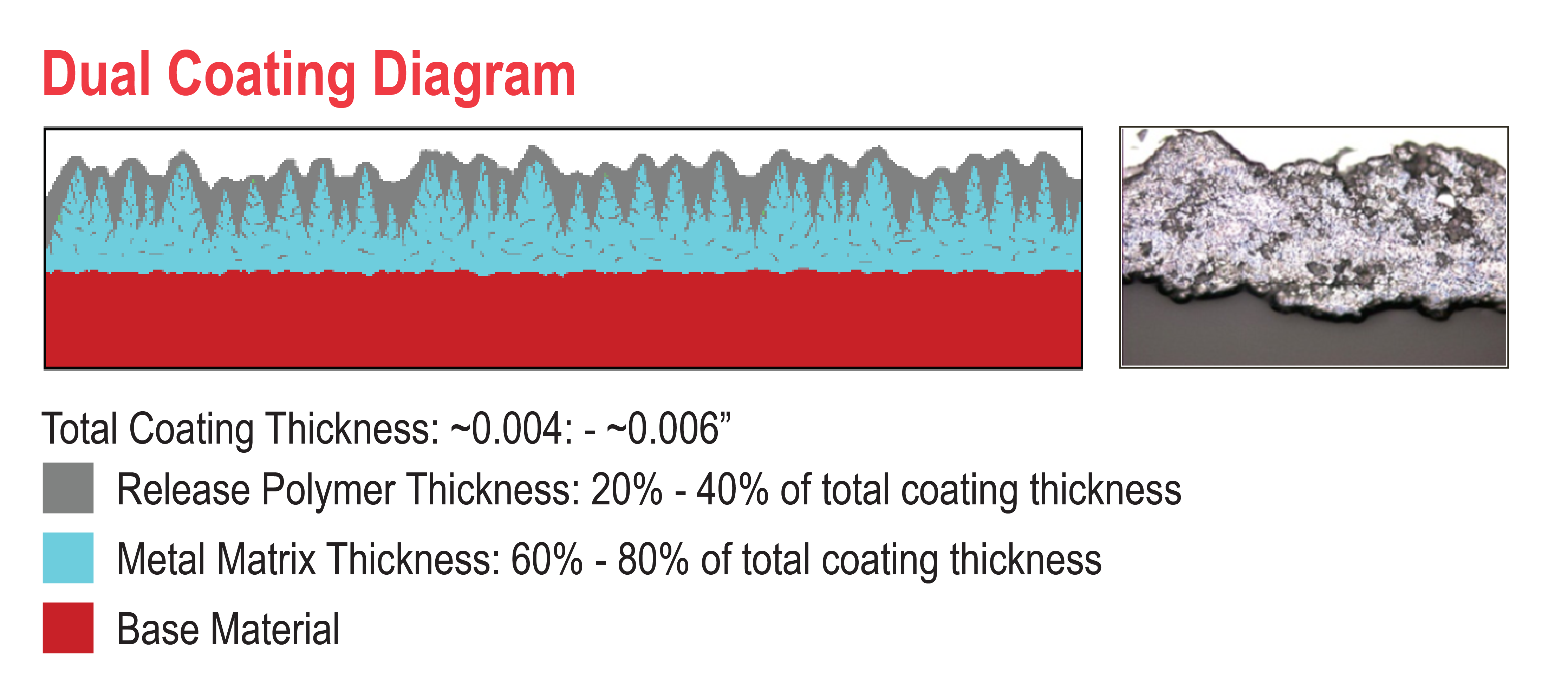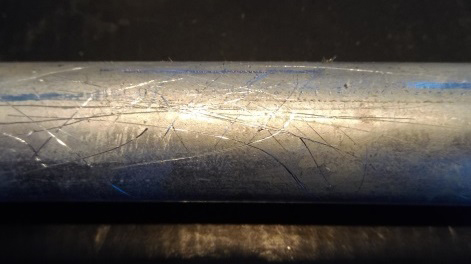New Coating Technology Providing Real Solutions in Flexible Packaging
- Published: June 08, 2020
By William Bradley, Business Development at American Roller
Flexible packaging is one of the most diverse industries in the world with products that are used every day, by millions of people, in the residential and commercial sectors. Often associated with “converting,” it has evolved over the decades refining many different manufacturing processes. As different as these processes are, they all have some similar challenges. Most deal with sticky adhesives, inks and specialty coatings to effectively produce a finished product. To help mitigate production issues caused by these required processes, many are turning to the use of specially applied coatings to rollers in critical positions.

Challenges That Lead to Buildup on Roller Surfaces
Over the last 10 years, this industry has been challenged to produce more efficiently and effectively, yet faster than ever before. The bar is continually being set higher, especially in markets such as personal hygiene, medical and food. Technology advancements introduce new chemistries and resins; however this creates additional challenges in production. With competitive markets driving the price, scrap, remakes and downtime are a daily concern. Over the years, new coating technology has provided real solutions for the flexible packaging industry.
Buildup on rollers is a top concern when working with sticky adhesives, inks and specialty coatings that are required for finished products. This buildup is a widely known culprit of many production and quality issues within flexible packaging leading to:
- Drag / slippage / wrinkles;
- Web breaks;
- Roller surface defects created from knife cuts;
- Web substrate defects; and
- Wrap ups.
The root cause creating these issues can stem from aggressive and difficult adhesive coatings, to migratory or non-migratory slip agents creating tack or slip. Foreign debris such as dust, dirt and other particles can then adhere to the web, ultimately contaminating the final product.
Financial Impact
The financial impact of these challenges is significant, sometimes costing $1000s to 10s of thousands of dollars monthly. When rollers are damaged, they must be reground or replaced. Often new rollers are purchased due to lack of spares; however, the surface is still soft steel or aluminum. With the same surface, you can ultimately expect the same results. When buildup on roller surfaces becomes significant, the first indicator is defects on the web. This usually creates a series of events where operators go on a fact finding mission, trying to discover where the defects are coming from. Sometimes the line is brought down, and unscheduled cleaning and maintenance is required. This is very costly with lost time, wasted product and longer run times required to meet production goals.
Dual-Layer Coating Technology
Dual-layer plasma coating systems are used in many industries for enhanced properties on critical parts and rollers. Wide selections of systems are available to meet the application and production needs.
These dual-layer systems can provide critical rollers with enhanced release surfaces, better traction control, and in some cases, both. Other advantages include added wear resistance and FDA compliancy required in food and direct contact products.
The diagram below breaks down the mechanics of a dual-layer coating system. The base metal matrix displayed in blue, is the foundation. The hardness with the base metal matrix can range from 58-72 Rockwell C. To put into perspective, standard steel and aluminum roller hardness is only in the 20s on the Rockwell scale.
The release polymer, displayed in grey, is installed in a secondary process. Notice, not only does the polymer fill in the valleys of the base matrix, but it also is embedded in the porosity. When the polymer cures, it creates a mechanical bond throughout the coating, not just the top. This is critical for durability. The web runs on the peaks of the coating, therefore the polymer embedded in the porosity and valleys is protected from abrasion and wear. As the coating wears over an extended period of time, the polymer continues to be exposed. While these release polymers provide great non-stick performance, they also provide unmatched traction in the most demanding applications, helping control the web from the entrance to exit points on the roller.

Low COF vs High COF
Plasma coatings can be blended to create hundreds of systems, but in flexible packaging there are really only two “must know” coating systems that are used for your parts and rollers. Both of these systems are dual-layer and processed in the same way, however they have very different performance factors.
The first is a Low COF coating, smooth and very similar to your Teflon cooking skillet at home. This system is used for applications varying from ink and adhesive pans, to entrance and exit rollers used in curing ovens. It does not provide additional grip or traction; however it is very easy to clean if buildup occurs.
The second system is a High COF coating with reduced surface area. The added release polymer provides two major performance enhancements, a non-stick surface and added grip for traction and control over the web.
Combating the Buildup and Knife Cuts
In higher temperature environments, coatings can provide great benefits, especially when processing uncured adhesives and inks. Plasma coatings can withstand up to 400°F constant, some reaching 550°F.
Ideally the use of dual-layer traction coatings is to eliminate buildup and wrap ups, but when it does occur, the use of knifes does not damage the coating surface as it would with softer metal and aluminum substrates. A series of tests were conducted on plasma coating surfaces using extensive pressure mimicking a real world situation where operators would use knives to cut wrap ups off a roller surface. These sample coatings were evaluated by an independent research firm, confirming that residue on the surface was actually particles from the knife. This was expected, as the surface of the coating is much harder than most knives used in the industry. Dual-layer plasma coating systems extend the life of your roller by eliminating damage and wear. Maintenance and downtime will be reduced, maximizing your production efficiency and cost savings.
About the Author
William Bradley began his career with American Roller right out of college. For 18 years he was in the field as a technical account manager covering multiple territories in the U.S. For the last five years he has managed national accounts and lead the salesforce in bringing solutions to the American Roller customer base. In 2020, William moved into business development where his focus is educating customers and the American Roller sales staff on innovative ways to improve the manufacturing process.





